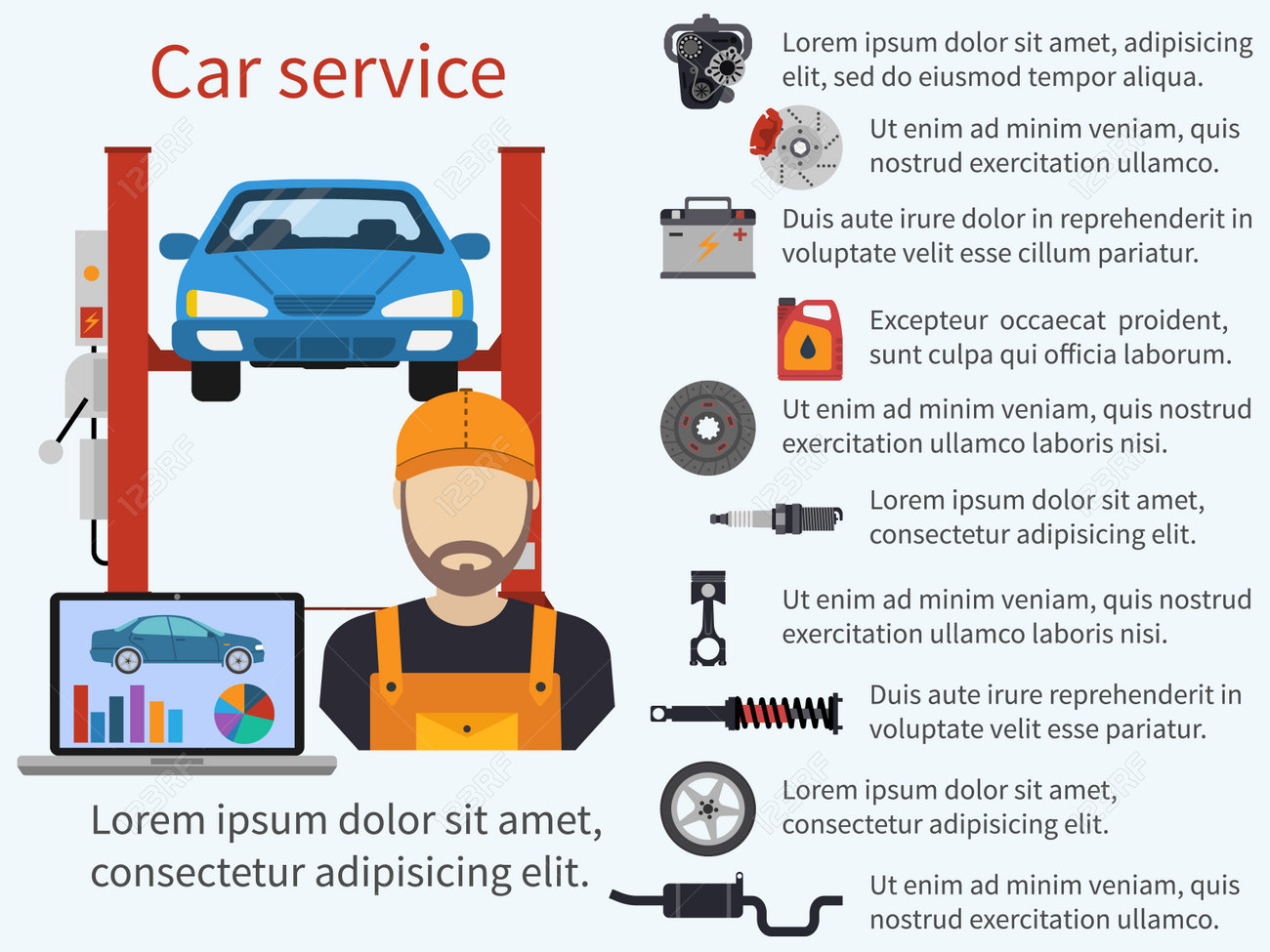Intend To Find Out More About The Warning Lights On Your Dashboard? Discover What They Indicate Concerning Your Vehicle'S Health And Safety
Intend To Find Out More About The Warning Lights On Your Dashboard? Discover What They Indicate Concerning Your Vehicle'S Health And Safety
Blog Article
car washing business -Higgins Dalgaard
When you're behind the wheel, those beautiful caution lights on your dashboard can be a little bit perplexing. Do you recognize what they're attempting to inform you concerning your cars and truck's health? Understanding the value of these lights is crucial for your safety and security and the longevity of your car. So, the next time one of those lights pops up, wouldn't you want to analyze its message properly and take the essential actions to address it?
Common Caution Lighting and Interpretations
Determine usual caution lights in your car and understand their significances to ensure secure driving.
One of the most regular caution lights consist of the check engine light, which signifies problems with the engine or emissions system. If this light begins, it's crucial to have your vehicle checked quickly.
The oil stress cautioning light shows low oil stress, requiring immediate interest to prevent engine damages.
A blinking battery light could recommend a faulty billing system, potentially leaving you stranded otherwise resolved.
The tire stress tracking system (TPMS) light signals you to low tire stress, impacting vehicle security and gas effectiveness. Overlooking this could result in risky driving problems.
The abdominal muscle light indicates a trouble with the anti-lock stopping system, jeopardizing your ability to stop quickly in emergencies.
Lastly, the coolant temperature level alerting light warns of engine overheating, which can lead to serious damages if not dealt with quickly.
Comprehending these common warning lights will assist you address issues promptly and maintain risk-free driving problems.
Significance of Prompt Interest
Understanding the typical warning lights in your vehicle is just the primary step; the relevance of promptly addressing these warnings can not be emphasized sufficient to ensure your security when driving.
When a caution light illuminates on your control panel, it's your vehicle's way of communicating a prospective concern that needs attention. Neglecting these cautions can lead to a lot more extreme troubles down the road, endangering your safety and possibly costing you extra in repairs.
Motivate interest to alerting lights can avoid breakdowns and crashes. For instance, a flashing check engine light could suggest a misfire that, if left unattended, can create damages to the catalytic converter. Resolving this quickly can conserve you from a pricey repair work.
Similarly, a brake system advising light could signal low brake liquid or worn brake pads, crucial parts for your safety and security when driving.
Do It Yourself Troubleshooting Tips
If you observe a caution light on your dashboard, there are a couple of do it yourself troubleshooting suggestions you can attempt prior to seeking specialist assistance.
carinteriorcleaningnz is to consult your cars and truck's manual to recognize what the particular caution light suggests. In some cases the issue can be as straightforward as a loose gas cap triggering the check engine light. Tightening up the gas cap may solve the trouble.
https://www.ratchetandwrench.com/articles/12464-advance-auto-parts-to-sell-12-volt-battery-for-evs-and-hybrids is a low battery, which can trigger numerous warning lights. Inspecting https://brakesandrotors62739.izrablog.com/32662847/the-comfort-of-mobile-cars-and-truck-detailing-transforms-your-lorry-s-appearance-however-is-it-as-effective-as-conventional-methods-discover-the-reality-behind-this-service for corrosion and guaranteeing they're safe and secure might take care of the issue.
If a warning light lingers, you can attempt resetting it by detaching the cars and truck's battery for a couple of minutes and after that reconnecting it. Furthermore, checking your car's fluid levels, such as oil, coolant, and brake liquid, can assist repair warning lights associated with these systems.
Conclusion
Finally, understanding your cars and truck's warning lights is vital for keeping your lorry running efficiently and safely. By quickly addressing these alerts and knowing what they indicate, you can stay clear of costly fixings and prospective breakdowns.
Bear in mind to consult your automobile's handbook for certain details on each cautioning light and take action accordingly to make sure a trouble-free driving experience.
Remain informed, remain risk-free when driving!
